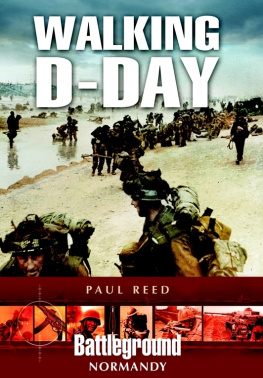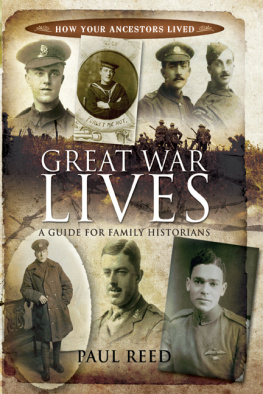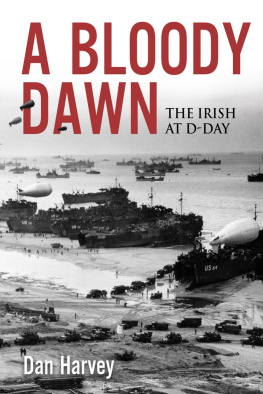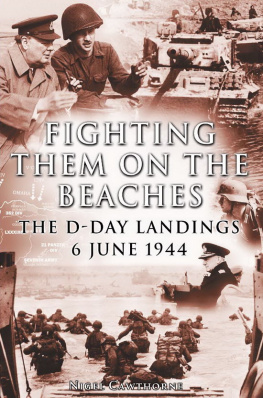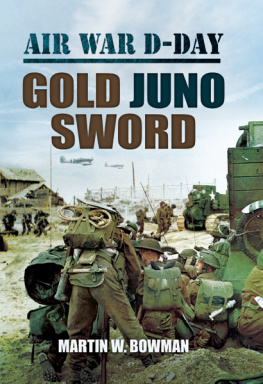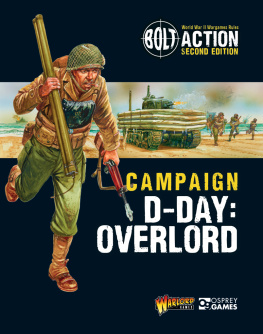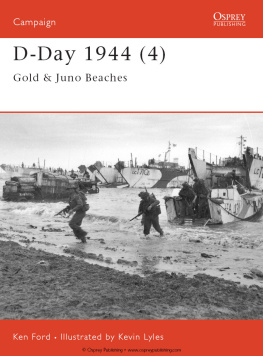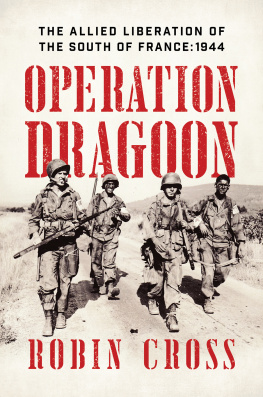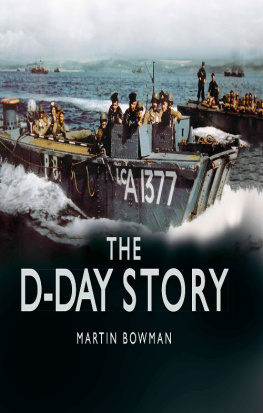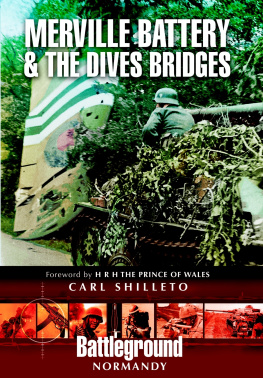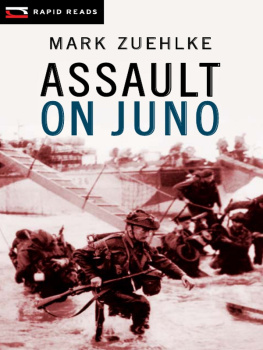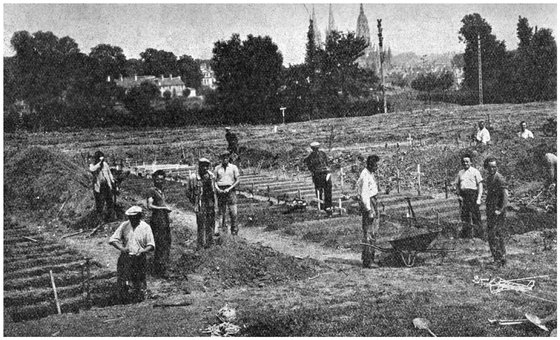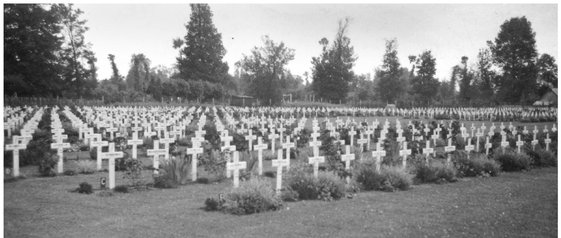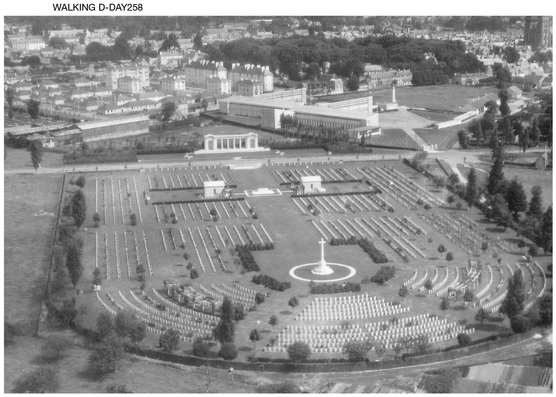This section details information on military cemeteries with a D-Day connection not mentioned in the main text. For the British cemeteries only those with a significant number of D-Day burials or a D-Day connection are listed.
BAYEUX WAR CEMETERY
Burials : British 3,935, Canadian 181, Australian 17, New Zealand 8, South African 1, Polish 25, France 3, Czech 2, Italian 2, Russian 7, German 466, unidentified 1.
Location : The cemetery lies on the south-west side of the main ring road around the city of Bayeux. It is about 100m from the junction with the D5 to Littry, and almost opposite the Museum of the Battle of Normandy, which is well signposted throughout the Bayeux area.
Bayeux was entered by British patrols on 6 June 1944, but was formally liberated the next day. Charles de Gaulle established his first seat of government here until Paris was liberated, and it became the main staging post for the British Army in Normandy with supply depots, medical facilities and rest centres. The streets of Bayeux were too narrow for most military vehicles, and so in June 1944 the Royal Engineers and Pioneer Corps constructed a ring road round Bayeux to make the flow of traffic more smooth; the ring road is still in use seventy years later, although it is now maintained by the French authorities!
Burying the dead at Bayeux, 1945.
Bayeux War Cemetery is the largest British military cemetery of the Second World War in France; the original graves here were of soldiers who died of wounds in the military hospitals at Bayeux. Both during and after the Second World War graves were moved in from all over the Normandy battlefields, as the Graves Registration Units headquarters were here and they had active teams searching the Normandy battlefield for isolated burials, and later they closed and moved many small battlefield cemeteries.
As the largest British cemetery in Normandy, Bayeux gives a good cross section of the sort of men and units that took part in operations on D-Day and later. Every day of the Normandy campaign from 6 June to the breakout is represented on the graves. Every rank from brigadier downwards is in evidence; aside from the brigadier there are eleven colonels, giving an indication of the heavy losses sustained in senior officers in Normandy. With so many graves, and so many names and stories, it is difficult to select some, but for those who like to know a little of the men buried in a huge city of the dead like Bayeux the following serve as some good examples.
Bayeux War Cemetery, 1946. (Ken Smith)
Senior Officer : Brigadier John Cecil Currie was a regular soldier whose career had started in the First World War. He had been commissioned in the Royal Artillery in 1914, served on the Western Front, been decorated with the Military Cross and post-war served in Iraq. He commanded armoured troops in Persia and later played a heroic part in the battle of El Alamein and commanded 4th Armoured Brigade in Normandy until he was killed by shell fire on 26 June 1944.
Normandy VC : Corporal Sidney Bates VC was serving with the Norfolks when he took part in action at Sourdeval in August 1944, which resulted in the posthumous award of the Victoria Cross. From Camberwell, in London, Bates was badly wounded in the action, dying of his wounds the next day. His citation reads:
In North-West Europe on 6th August, 1944, the position held by a battalion of the Royal Norfolk Regiment near Sourdeval was heavily attacked. Corporal Bates was commanding a forward section of the left forward company which suffered some casualties, so he decided to move the remnants of his section to an alternative position from which he could better counter the enemy thrust. As the threat to this position became desperate, Corporal Bates seized a light machinegun and charged, firing from the hip. He was almost immediately wounded and fell, but he got up and advanced again, though mortar bombs were falling all round him. He was hit a second time and more seriously wounded, but he went forward undaunted, firing constantly till the enemy started to fall back before him. Hit for the third time, he fell, but continued firing until his strength failed him. By then the enemy had withdrawn and Corporal Bates, by his supreme gallantry and self-sacrifice, had personally saved a critical situation. He died shortly afterwards of the wounds he had received.
Poignant Inscriptions : With the establishment of permanent cemeteries after the First World War, headstones replaced wooden crosses and a space was reserved on the headstone for a personal inscription. Controversy followed when the families were forced to pay for the inscription, a policy eventually abandoned by the time of the Second World War. As no payment was required, although families could make a donation, the majority of graves have personal inscriptions and some are very touching, giving a brief glimpse into the loss some families suffered. A handful of examples for Bayeux are:
An aerial photograph of Bayeux War Cemetery, late 1940s.
Gunner Joseph Ferneyhough (I-C-8), 116th Field Regiment Royal Artillery, 30 July 1944, aged 26. Son of Frank and Margretta Ferneyhough, of Hanley, Stoke-on-Trent; husband of Harriett Ferneyhough, of Hanley.
Only those who have loved & lost know wars bitter cost.
Lieutenant William Herbert James McIlroy (X-L-16), 5th East Yorkshires, 6 June 1944, aged 22. Son of James Alexander Crossett McIlroy and Margaret Cecilia McIlroy, of Westbury Park, Bristol.

